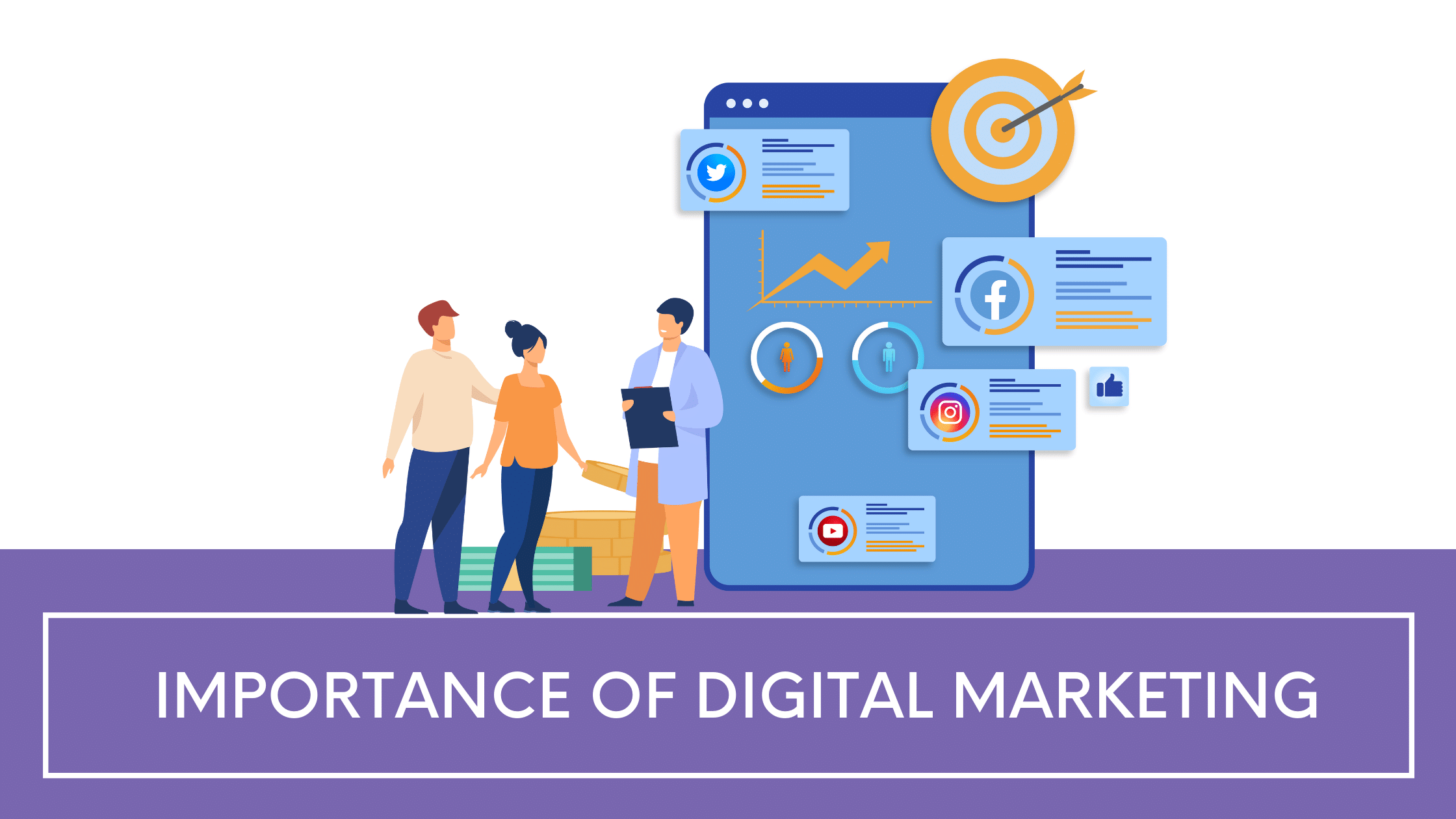In today’s competitive digital landscape, achieving high conversion rates is essential for businesses to thrive. Conversions are the lifeblood of any company, as they directly impact revenue, growth, and overall success. Whether you’re running an e-commerce site, a subscription service, or a lead generation platform, improving conversions should be at the forefront of your strategy. In this article, we will delve into six effective ways to enhance your conversion rates and elevate your business to new heights.
1. Optimize Website Design and User Experience (UX)
Your website serves as the virtual storefront of your business. Just as a cluttered and disorganized physical store can deter customers, a poorly designed website can discourage visitors from taking action. A crucial factor in optimizing conversions is providing an exceptional user experience. Ensure that your website is intuitive to navigate, loads quickly, and is responsive across various devices.
Invest in a clean and visually appealing design that aligns with your brand identity. Clear and compelling calls-to-action (CTAs) should be strategically placed to guide users towards desired actions. Whether it’s making a purchase, signing up for a newsletter, or filling out a form, the path to conversion should be straightforward and seamless.
2. A/B Testing and Conversion Rate Optimization (CRO)
The realm of digital marketing is dynamic, and what works today might not work as effectively tomorrow. This is where A/B testing and Conversion Rate Optimization (CRO) come into play. A/B testing involves comparing different versions of your website, landing pages, or marketing materials to identify what resonates best with your audience. Elements such as headlines, images, colors, CTAs, and layouts can all impact user behavior.
Implementing A/B tests allows you to make data-driven decisions. By constantly refining your strategies based on the results of these tests, you can steadily increase your conversion rates over time. Remember, optimization is an ongoing process, and small changes can yield significant improvements.
3. High-Quality and Relevant Content
In the digital age, content is king. Providing valuable, informative, and relevant content can significantly impact your conversion rates. Whether through blog posts, videos, infographics, or downloadable resources, creating content that addresses your audience’s pain points and needs builds trust and authority.
By offering solutions and insights, you position your brand as a valuable resource rather than just a sales pitch. Content marketing not only attracts potential customers but also nurtures existing ones. Sharing your expertise establishes a connection that encourages users to engage, convert, and ultimately become loyal advocates for your brand.
4. Simplify the Conversion Process
One of the most common reasons for abandoned carts or incomplete forms is a complex and lengthy conversion process. The modern consumer values convenience and efficiency above all else. To improve conversions, it’s essential to simplify the journey from consideration to conversion.
Minimize the number of steps required for users to complete an action. If you’re an e-commerce business, offer guest checkout options, allowing customers to make a purchase without the need to create an account. Similarly, when collecting user information, ask for only the necessary details and avoid overwhelming users with unnecessary form fields.
5. Social Proof and Trust Signals
In a world saturated with choices, consumers often turn to their peers for recommendations and reassurance. This is where social proof and trust signals come into play. Display customer testimonials, reviews, ratings, and trust badges prominently on your website. These elements serve as endorsements from previous customers, building credibility and fostering trust.
Furthermore, highlighting any relevant certifications, partnerships, or affiliations can provide an additional layer of trust. When users see that your business is recognized by industry experts or associations, they are more likely to view your offerings as reliable and of high quality.
6. Personalization and Segmentation
The era of one-size-fits-all marketing is long gone. Modern consumers expect personalized experiences tailored to their preferences and needs. Leveraging data-driven insights, segment your audience based on demographics, behavior, and interests. Craft targeted messages and offers that resonate with each segment, increasing the likelihood of conversion.
Personalization goes beyond addressing the user by their name in an email. It involves understanding their pain points and aspirations and presenting solutions that align with their unique situation. Whether it’s recommending products based on their browsing history or sending tailored promotions, personalized experiences create a sense of connection that drives conversions.
In conclusion, improving conversions is a multifaceted endeavor that requires careful planning, continuous testing, and a deep understanding of your target audience. By optimizing your website’s design and user experience, implementing A/B testing and CRO strategies, providing valuable content, simplifying the conversion process, showcasing social proof, and delivering personalized experiences, you can enhance your conversion rates and propel your business toward sustainable growth and success in the digital age.


